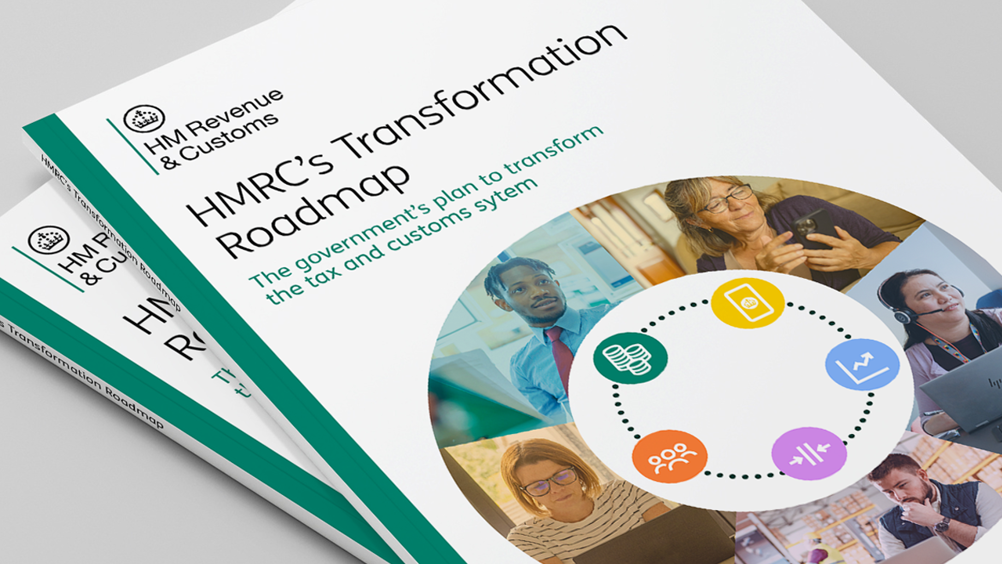
HMRC Updates, SSP Changes & Apprenticeship Funding 2026
Employment, Tax, and Payroll Changes – What Employers Should Know
HMRC's Five-Year Digital Plan for PAYE
HMRC published a new five-year strategy on 21 July 2025 to reduce phone and paper dependence. The aim is simple: shift taxpayers and their representatives to the HMRC website and the mobile app as the primary ways to interact with the system.
Today, long phone waiting times and postal costs (put at around £50 million per year) are frustrating for both HMRC and taxpayers. In providing more online services, HMRC hopes to become more efficient and more able to engage with taxpayers.
The initial batch of upgrades, going live in the 2025/26 tax year, will focus on PAYE. Key changes are:
An online service for PAYE customers to update reported income and check tax paid, allowances, and deductions.
A new expense facility where staff can record claims for relief from tax, supported by evidence.
Other upgrades will be:
Automated acceptance and reassurance messages (e.g., to tell users a change has been accepted or documents uploaded successfully).
- A simple reporting facility for those with straightforward tax affairs.
- More comprehensive digital services to get National Insurance refunds, so quicker and easier to claim.
- A facility for agents to submit tax code changes electronically on behalf of taxpayers.
- HMRC has also described proposals for enhanced online services for Self Assessment, VAT, Child Benefit, Customs, Corporation Tax, Inheritance Tax, and Agent Services. These will not be introduced overnight, but some will welcome the chance for reduced time waiting on the phone.
Apprenticeship Funding – Key Change from 2026
The government funding for Level 7 apprenticeships (master's level) will be available only for apprentices aged 21 or under from January 2026.
This change, announced in the Autumn Budget 2024, will result in learners aged 22 and over losing government-subsided access and being required to take employer sponsorship to fund it. The only exception will be care leavers and young people with an Education, Health and Care Plan, who will still be able to access government support until the age of 25.
Anyone already on roll, or who starts their apprenticeship before January 2026, will be excluded. Employers considering taking on a Level 7 apprentice over 21 years old must act quickly to secure funding before the deadline.
Statutory Sick Pay (SSP) – Key Changes from April 2026
The Government's revised Employment Rights Bill will make two significant changes to Statutory Sick Pay from April 2026:
- Day-one entitlement – Employees will no longer have to wait three working days before SSP begins. Payment will begin on the first day of absence.
- Increased eligibility – The Lower Earnings Limit will be abolished, and more employees will qualify for SSP. Employees will receive either 80% of their standard weekly pay or the standard SSP rate of £118.75, whichever is less, under the new system.
The Deputy Prime Minister has put the number of an estimated 1.3 million additional workers who will be made eligible for SSP once the change comes into force.
Seasonal Workers – Employer Duties
Quite a number of companies depend on seasonal workers, whether that is within the agricultural, retail, hospitality, or leisure sectors. Although only for a few months or weeks, employers have serious duties.
- Pensions: Auto-enrolment provision applies to all workers aged 22 and above who are paid more than £833 a month. The employers can postpone joining for three months, but if the workers remain on the payroll for longer than that, employers must contribute.
- Holiday pay: Temporary and seasonal employees are entitled to paid holiday pro-rata, although they may be part-time or have short-term contracts. Employers must calculate and pay any holiday entitlement, including accrued holiday when the employment ends
At a glance: HMRC's new initiative to digitise services should simplify tax and payroll management, while developments in apprenticeship funding, sick pay, and rules on seasonal workers will have a direct impact on employers' budgets and compliance. Staying one step ahead of these changes will be the difference in limiting disruption.



